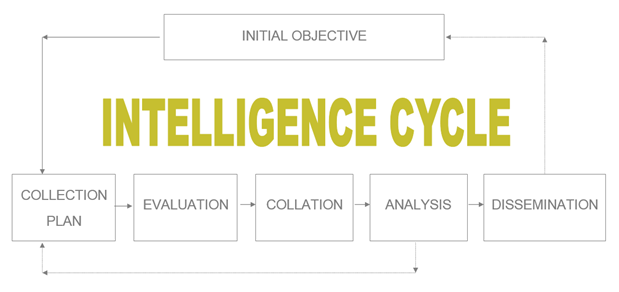Intelligence-Led

Justify Activities, Direct Resources and use the Right Strategy to Impact Problems
Centralised knowledge which can be collated, evaluated, analysed and disseminated allows businesses to use information to inform decisions.
Over the past ten years, more and more non law enforcement organisations are adopting the principles of the National Intelligence Model. This allows organisations to justify activities, budget and the use of resources and also provides a framework for the sharing of information between key agencies.
Gabriella Re has experience of working in a fast-time intelligence environment with the police, setting up intelligence-led approaches and teams for Trading Standards South East and UK Anti-Doping.
National Intelligence Model
The National Intelligence Model (NIM) is a business planning model used by organisations seeking to justify activities and set priorities based on threats and risks. The critical factor is to direct resources to achieve the biggest impact on the problems.
The National Intelligence Model is the product of work led by the National Criminal Intelligence Service on behalf of the Crime Committee of the association of Chief Police Officers. Research, design and testing of the model has been completed by police officers, analysts and intelligence specialists from a number of police forces and agencies. It represents the collected wisdom and best practice in intelligence-led policing and law enforcement.
The National Intelligence Model provides best practice principles that can be adopted by organisations to best manage knowledge to develop tactical and strategic approaches.
Click here for an introductory factsheet on the use of the National Intelligence Model for your organisation.
Intelligence Cycle
Intelligence is information that has been subjected to a process.

Intelligence-led Approach
ReConsilium can assist with the 11 key elements of NIM:
- Knowledge Assets
- System Assets
- Source Assets
- People Assets
- Information Sources
- Information and Intelligence recording
- Research, Development and Analysis
- Intelligence Products
- Tasking & Co-ordination
- Tactical Resolution
- Operational Review
